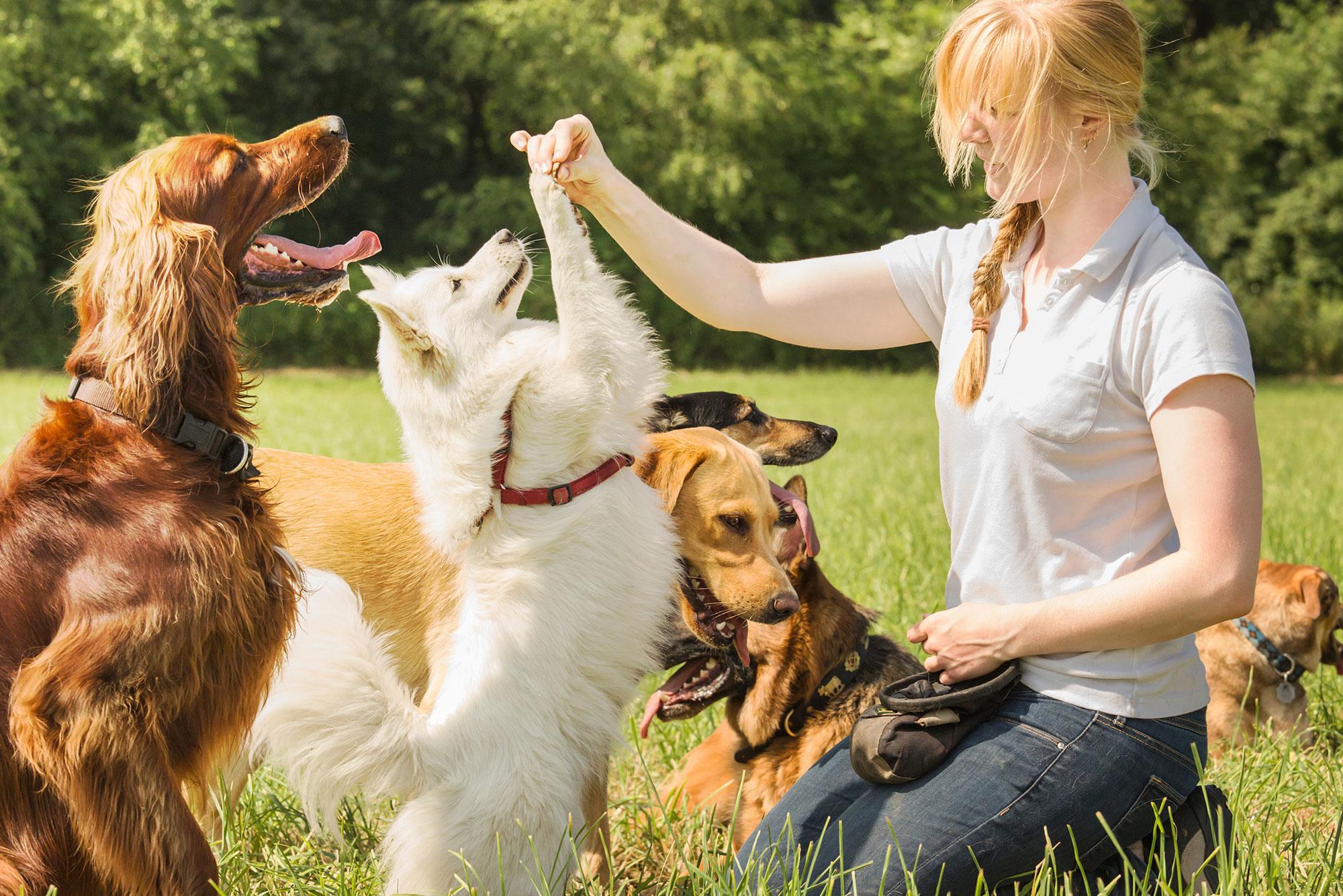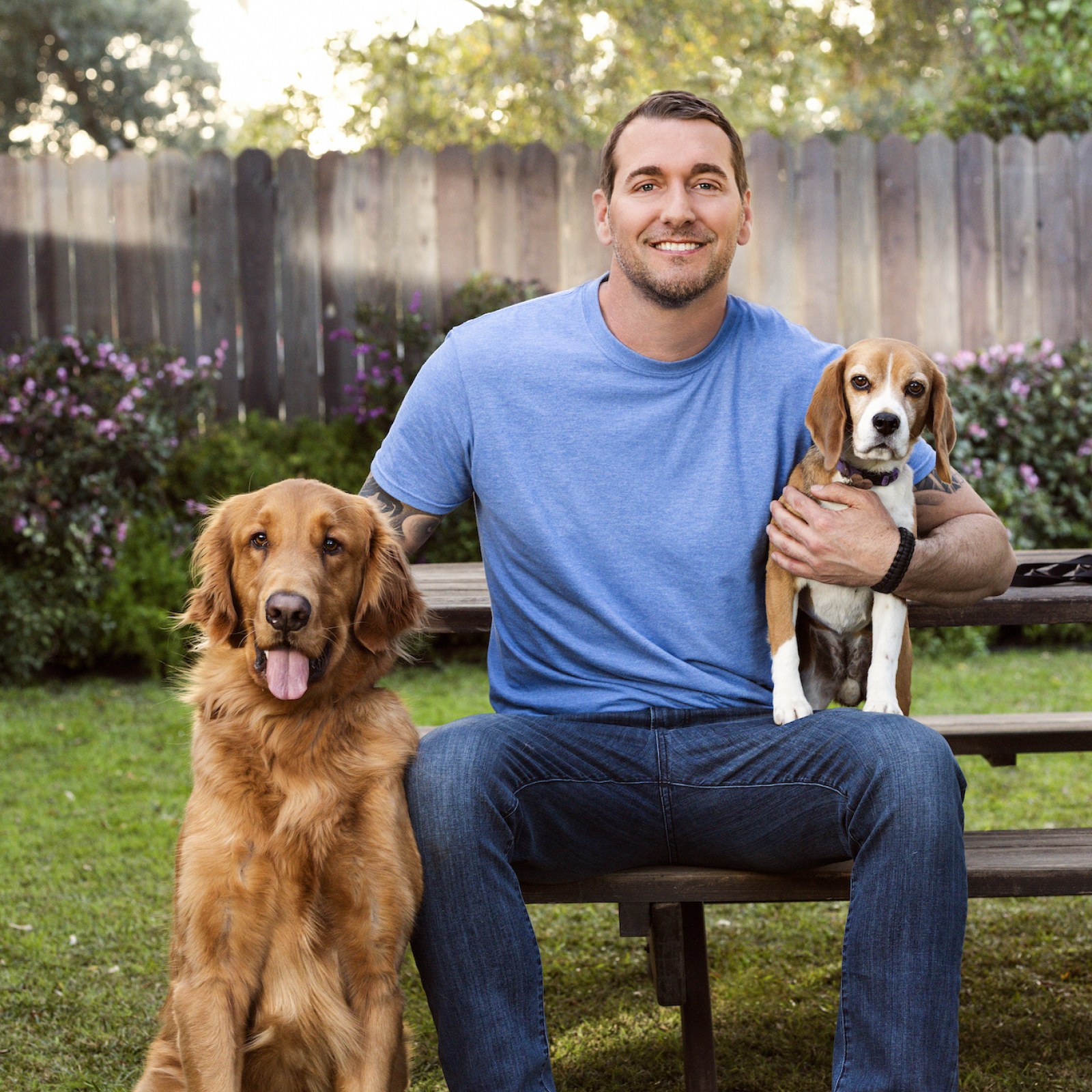Fun Activities to Enhance Your Dog Training Experience
Fun Activities to Enhance Your Dog Training Experience
Blog Article
Vital Tips for Successful Dog Training: A Guide for Family Pet Owners
Reliable canine training is a multifaceted procedure that needs a calculated strategy tailored to both the pet's temperament and the owner's goals. Recognizing just how to navigate these obstacles can considerably improve the training experience, eventually changing the partnership in between proprietor and canine.
Recognizing Canine Habits
Comprehending canine habits is vital for effective training and cultivating an unified connection between dogs and their owners. dog training. Canines communicate largely via body language, articulations, and activities, making it critical for proprietors to analyze these signals properly.

Socializing plays a substantial function in dog behavior; exposure to numerous environments, individuals, and various other animals can dramatically affect a pet dog's personality. Factors such as type characteristics and specific character ought to guide training approaches, as some breeds might have certain behavioral attributes that require tailored techniques. By understanding these components, owners can develop a helpful environment that urges positive actions, resulting in effective training results and a much deeper bond with their animals.
Developing Consistent Commands
Reliable communication with your pet begins with developing consistent commands. This fundamental element of training is critical for promoting understanding in between you and your animal. Uniformity in the commands you use makes certain that your pet can dependably link specific words or phrases with the wanted behaviors.
When choosing commands, pick clear, distinct words that are very easy to say and separate from one an additional. Avoid utilizing similar-sounding commands that might confuse your pet dog. As an example, utilizing "rest" and "stay" is proper, yet "sit" and "hit" might bring about misunderstandings.
In addition, maintain the very same tone and volume for every command. Dogs are delicate to singing hints, so varying your tone can develop confusion.
It is just as crucial to make certain that all household participants get on the exact same page regarding the commands utilized. A united front in command use will certainly prevent mixed signals and reinforce the knowing process.
Favorable Support Techniques
The power of favorable support in dog training depends on its ability to encourage preferred behaviors through rewards and appreciation. This strategy is grounded in the principle that actions adhered to by beneficial outcomes are most likely to be duplicated. By integrating favorable support right into your training routine, you can successfully form your canine's behavior in a positive fashion.
To apply favorable support, it's vital to identify what motivates your dog, whether it be treats, toys, or verbal appreciation. When your canine carries out a preferred action, such as resting on command, quickly reward them with a reward or affection. This association in between the command and the favorable end result strengthens their understanding.
It's important to timing the rewards correctly; providing the reinforcement within seconds of the preferred actions assists your canine make the connection (dog training). In addition, uniformity is key-- make sure that all relative make use of the same commands and benefit systems to avoid complication

Slowly, you can minimize the frequency of deals with as your pet dog finds out the behavior, transitioning to applaud or recurring benefits. This technique not just promotes a solid bond in between you and your canine yet likewise promotes a positive understanding setting, making training an enjoyable experience for both.
Socialization and Interaction
Consistently exposing your pet to a article range of atmospheres, individuals, and various other pets is essential for their social advancement. Socializing must start early, ideally during the essential window of 3 to 14 weeks, when pups are most responsive to new experiences. However, older pets can likewise profit from recurring socialization efforts.
Introduce your canine to different settings, such as parks, pet-friendly shops, and city areas. This exposure assists them adjust to various stimulations, minimizing stress and anxiety and fear actions. Urge positive communications with various other canines and individuals, making sure that these experiences are secure and controlled to promote self-confidence.
Make use of organized playdates with well-mannered dogs, as this can enhance your canine's social skills and teach them suitable actions. Obedience courses and training sessions likewise provide excellent opportunities for socialization, enabling your dog to interact with others in a monitored environment.
Monitor your pet dog's body movement during interactions, as this will certainly aid you determine go to the website their convenience degree. Progressively enhance exposure to more tough circumstances while making sure that each experience is favorable. A well-socialized dog is a lot more most likely to display balanced habits, making them a happiness to have in any kind of setup.
Dealing With Common Training Difficulties
Every canine owner will come across training obstacles at some factor, regardless of their canine's age or socializing level. Determining typical concerns such as stubbornness, distractions, and fearfulness can aid in establishing efficient techniques for enhancement.

Progressively introduce interruptions as the pet dog becomes extra skilled in commands. Short, regular training sessions are additionally efficient in maintaining interest.
Fearfulness can impede a pet's discovering process. Steady desensitization to the resource of worry, coupled with favorable support, can aid reduce anxiousness. Persistence is crucial; never require a pet into a circumstance that triggers distress, as this might exacerbate the issue.
Eventually, understanding and resolving these typical obstacles with a structured method will certainly promote a more effective training experience, enhancing the bond between pet dog and owner while advertising effective useful content understanding.
Final Thought
In recap, successful pet training relies upon a comprehensive understanding of canine actions, the establishment of regular commands, and the application of positive support techniques. Socializing plays an important duty in establishing well-adjusted pet dogs, while attending to usual training difficulties calls for persistence and adaptability. By carrying out these important approaches, animal proprietors can promote a solid bond with their canines and advertise desirable actions, ultimately causing a harmonious connection in between people and their canine friends.
Understanding pet dog actions is vital for reliable training and fostering a harmonious partnership between pooches and their owners.Socialization plays a substantial role in canine actions; direct exposure to various environments, people, and various other pets can significantly affect a pet's character.The power of positive support in pet training lies in its ability to motivate desired habits through benefits and appreciation. By incorporating favorable reinforcement right into your training regimen, you can effectively form your pet's actions in a positive fashion.
In summary, effective canine training depends on an extensive understanding of canine actions, the establishment of regular commands, and the application of positive support techniques.
Report this page